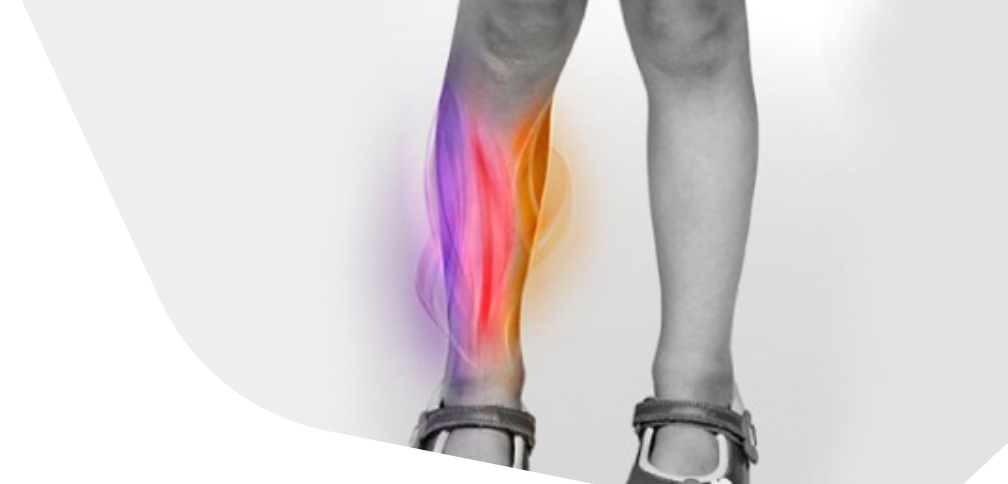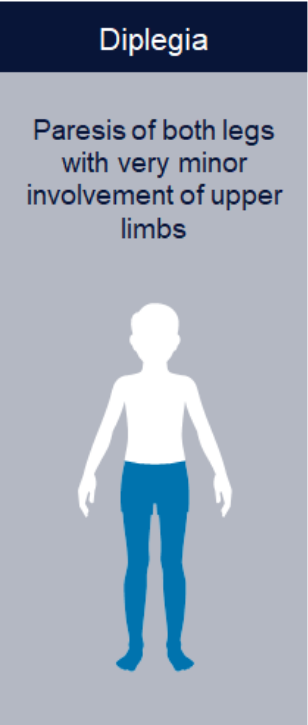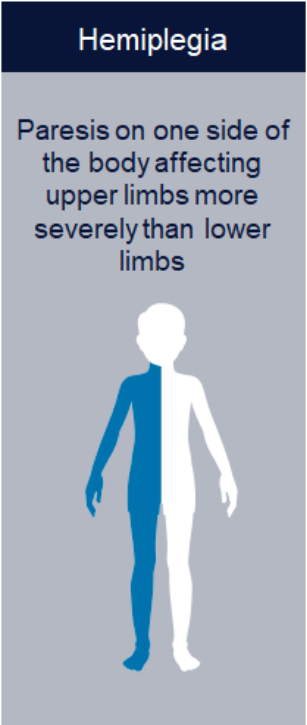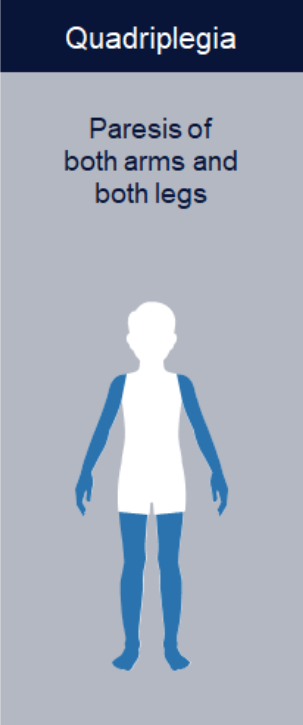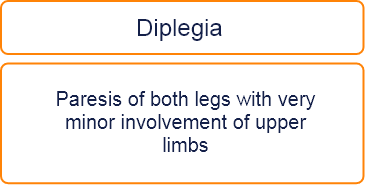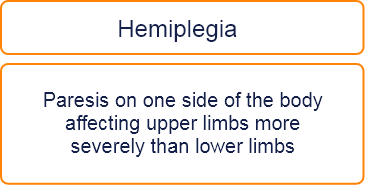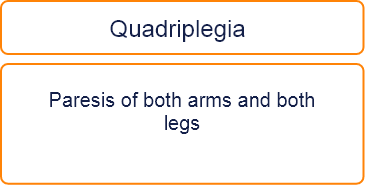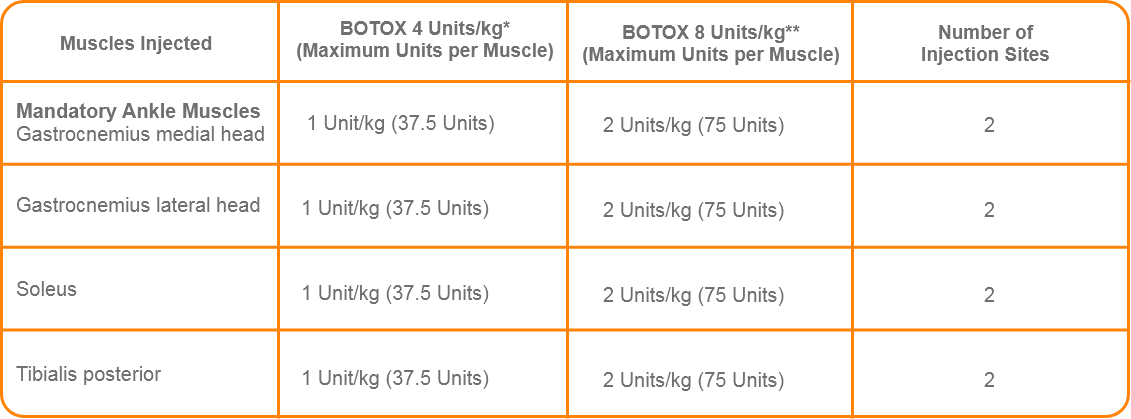Clinical Presentation Pattern and Associated Muscles
Clinical Patterns of Spasticity in Paediatric Cerebral Palsy
Cerebral Palsy Overview
• Considered the primary cause of pediatric spasticity.2
• Generally diagnosed in children between 1 and 2 years of age, but now can be made before 6 months corrected age.3
Risk Factors for Cerebral Palsy Includes:4
Antenatal Factors
• Preterm birth
• Chorioamnionitis
• Maternal respiratory tract or genitourinary
• Infection treated in hospital
Perinatal Factors
• Low birth weight
• Chorioamnionitis
• Neonatal encephalopathy
• Neonatal sepsis (particularly with a birth weight below 1.5 kg)
• Maternal respiratory tract or genitourinary infection treated in hospital
Botulinum Toxin Type A Dosing in Cerebral Palsy
Botulinum Toxin Type A can be injected directly into the muscles to treat persistent muscle spasms in the ankle and foot in children aged two years or older with cerebral palsy, who can walk, Botulinum Toxin Type A is used to support rehabilitation therapy.
Maximum Dose (Units Per Affected Area):
First Treatment
Ankle & foot: 4 to 8 units/kg or 300 units, whichever is lower.
Following Treatments
When treating the ankle & foot of both legs the maximum dose is not to exceed the lower of 10 units/kg or 340 units.
Minimal Time Between Treatments
12 weeks
References
1. Cerebral Palsy Alliance. Types of cerebral palsy. Available at: https://cerebralpalsy.org.au/our-research/about-cerebral-palsy/what-is-cerebral-palsy/types-of-cerebral-palsy/ (Accessed: April 2021).
2. Awaad, Y. and Rizk, T., (2012). Spasticity in children. Journal of Taibah University Medical Sciences, 7(2), pp.53-60.
3. Novak, I., Morgan, C., Adde, L., Blackman, J., Boyd, R.N., Brunstrom-Hernandez, J., Cioni, G., Damiano, D., Darrah, J., Eliasson, A.C. and De Vries, L.S., (2017). Early, accurate diagnosis and early intervention in cerebral palsy: advances in diagnosis and treatment. JAMA pediatrics, 171(9), pp.897-907.
4. National Institute for Health and Care Excellence. Cerebral palsy in under 25s: assessment and management. NICE guideline [NG62]. Available at: https://www.nice.org.uk/guidance/ng62 (Accessed: September 2023).
5. Centers for Disease Control and Prevention. What is cerebral palsy? Available at: https://www.cdc.gov/ncbddd/cp/facts.html (Accessed: September 2023).


